Por primera vez, Oenodia pone en marcha una unidad STARS® a distancia.
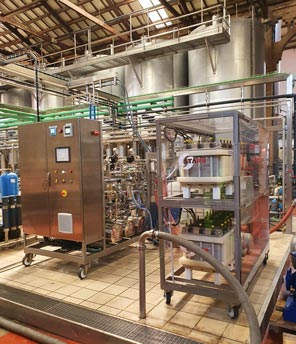
En ruta hacia el sur de Barcelona, en Cataluña, hasta la cooperativa Vila Rodona, una bodega centenaria y siempre a la vanguardia. El sentido de innovación no es un tema de edad sino de carácter. La bodega cooperativa Vila Rodona, fundada en 1919, lo ha demostrado llevando a cabo, con los equipos de OENODIA y TecnoEquip, la primera puesta en marcha a distancia de una unidad STARS®.
La bodega se encuentra en un entorno arquitectónico extraordinario, de estilo modernista, el Art Nouveau catalán. Pero el verdadero tesoro se encuentra en los depósitos y botellas que esperan pacientemente el momento en que están listas para ser degustadas: Vila Rodona produce Cava, un efervescente hecho según el método tradicional, a partir de las variedades de uva Macabeu, Parellada y Chardonnay. En 2008, Vila Rodona inauguró nuevas instalaciones de envejecimiento y embotellado, equipadas con las tecnologías más modernas, para mejorar aún más la calidad de sus vinos. A finales del 2019, Vila Rodona decidió adquirir un STARS60 para responder de manera más efectiva a las demandas de sus mercados. A pesar de la pandemia de COVID-19, TecnoEquip y Oenodia se asociaron con el equipo de la bodega para permitir entregar y poner en marcha la unidad en mayo del 2020. Oenodia logra así la primera puesta en marcha a distancia de su historia, destreza inalcanzable sin el apoyo de TecnoEquip, la dedicación de los equipos y, por supuesto, la confianza de la gerencia de la cooperativa.
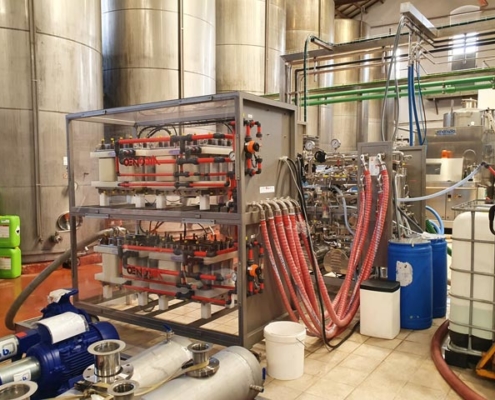
La reactividad implementada para permitir que las unidades STARS® se pongan en marcha a distancia se convirtió en una ventaja competitiva innegable para responder a un mercado cada vez más globalizado e incierto.
Credito fotos bodega : Celler cooperatiu de Vila Rodona

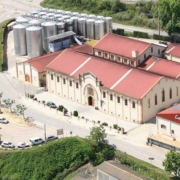
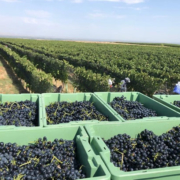
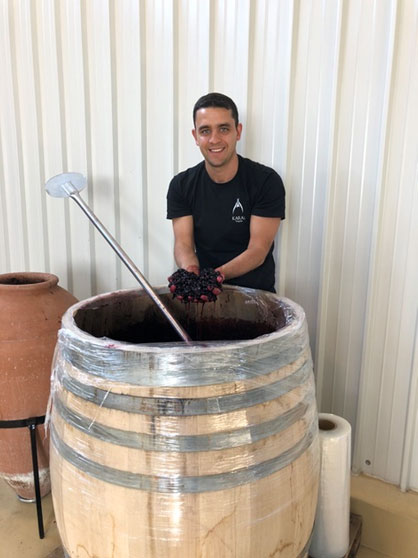 Where does the vine come from? Where did Noah plant the first one? Where was Vitis vinifera first found in its primitive form? Minor Asia, Georgia, Armenia? Fascinating questions!
Where does the vine come from? Where did Noah plant the first one? Where was Vitis vinifera first found in its primitive form? Minor Asia, Georgia, Armenia? Fascinating questions!